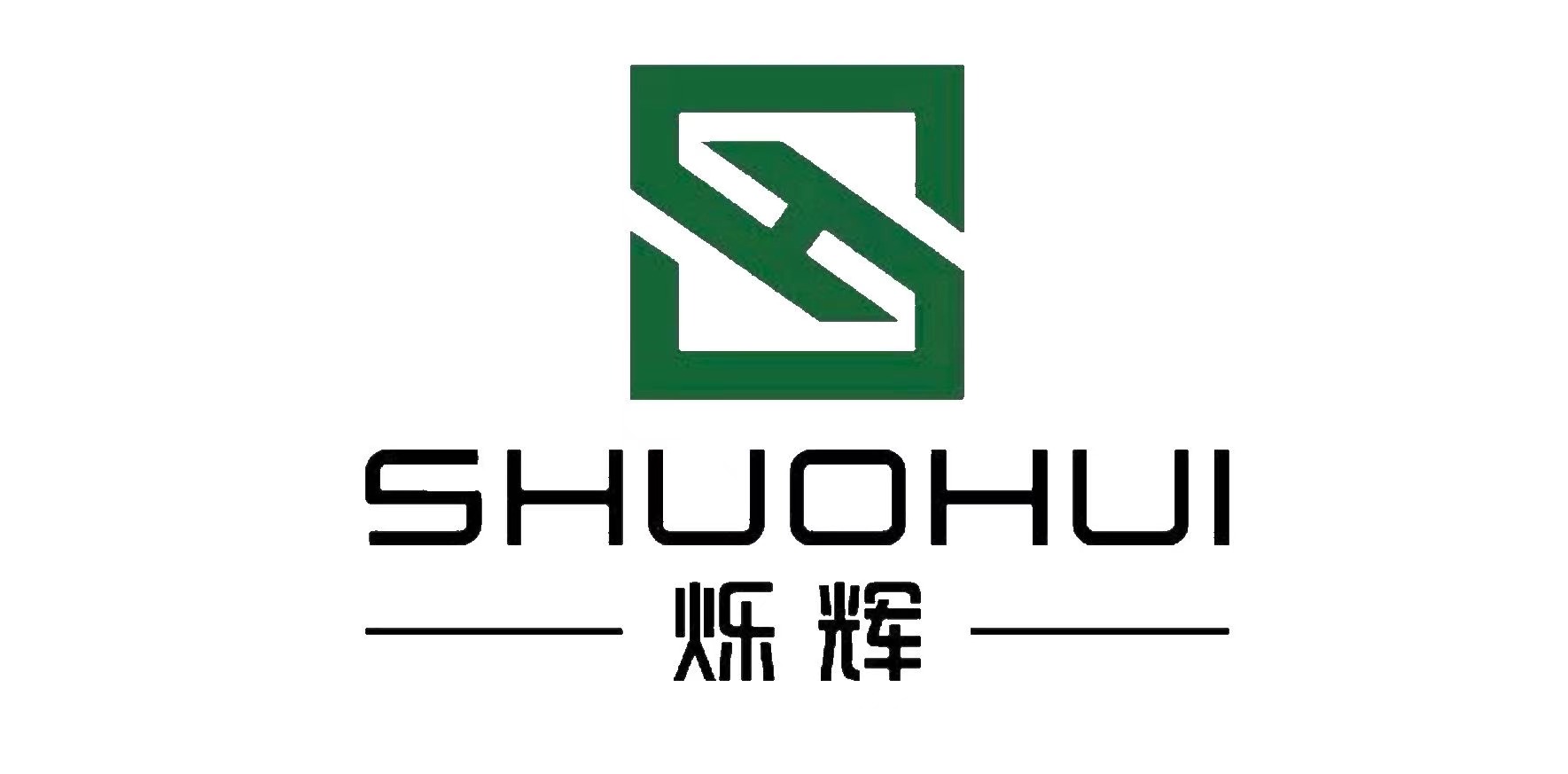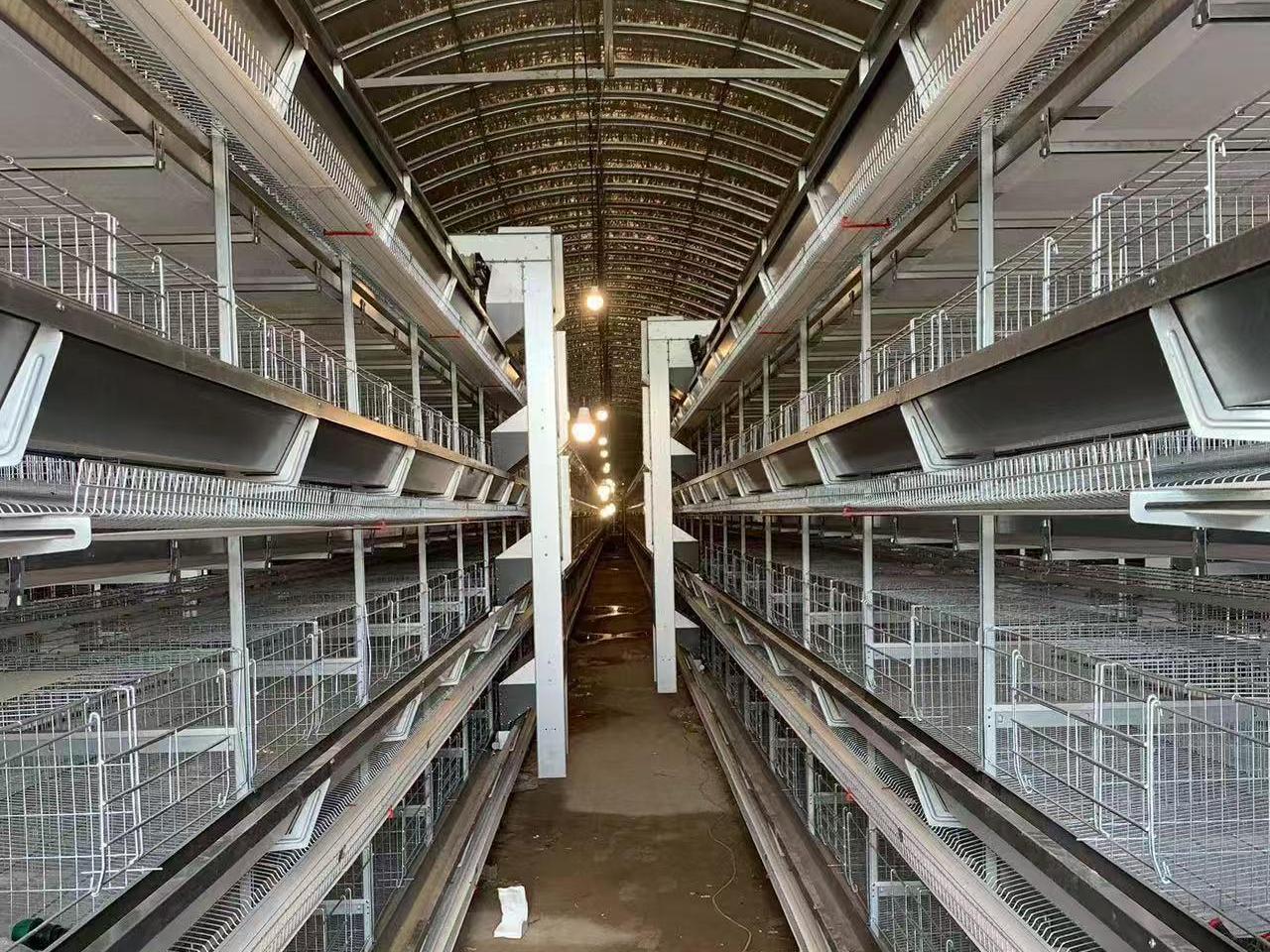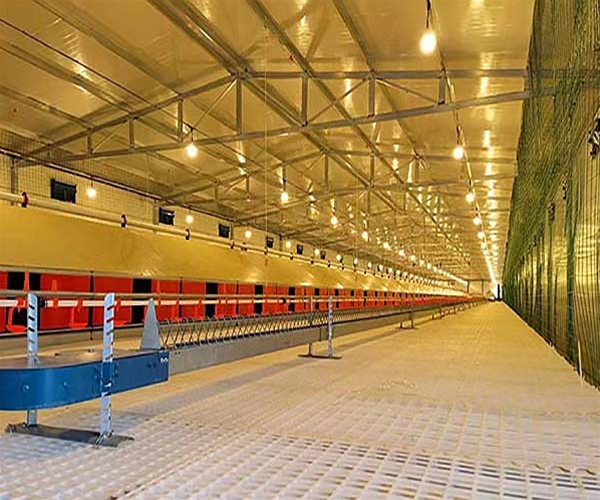Choose Chicken Cages is essential for successful operations. This article provides a detailed comparison of A-frame and stacked chicken cages, highlighting their structural differences, advantages, disadvantages, and suitable applications to help poultry farmers make informed decisions.
Choose Chicken Cages:A-Frame Chicken Cages
A-frame chicken cages, also known as Herringbone cages, are named after their triangular design, resembling the letter “A.” This design has been a long-standing choice for small to medium-sized poultry farms.
Key Features
- Open Structure: The design allows better airflow and natural light, making it suitable for open or semi-open chicken houses.
- Direct Waste Disposal: Manure drops directly onto the ground or into a manure trench, reducing buildup on the cages.
- Ease of Access: Maintenance and egg collection are straightforward due to the accessible layout.
Advantages
- Cost-effective for farms with fewer birds.
- Natural ventilation and lighting reduce the need for mechanical systems.
- Ideal for regions with mild climates.
Limitations
- Lower stocking density compared to H-type cages.
- Larger space requirement per bird.
- Less suitable for large-scale, automated operations.
Choose Chicken Cages:H-Type Chicken Cages
H-type chicken cages, or stacked cages, are designed for high-density farming. These cages are layered vertically, resembling the letter “H,” and are often used in large-scale, industrial poultry farms.
Key Features
- Multi-Tier Design: Layers of cages maximize space usage, allowing more birds per square meter.
- Automated Systems: These cages often come with feeding, watering, egg collection, and manure removal automation.
- Closed Environment: Suitable for climate-controlled housing, ensuring optimal conditions year-round.
Advantages
- Perfect for high-density, large-scale farming.
- Automated systems reduce labor and increase efficiency.
- Clean and hygienic manure management improves biosecurity.
- Minimal environmental impact when properly managed.
Limitations
- Higher initial investment compared to A-frame cages.
- Requires advanced training for operation and maintenance.
- Dependent on reliable power sources for automation.
Which Cage System Is Right for You?
Choosing between A-frame and H-type chicken cages depends on several factors:
- Farm Size:
- For small to medium-sized farms, A-frame cages are more practical and cost-effective.
- For large-scale operations, H-type cages maximize efficiency and profitability.
- Budget:
- A-frame cages have a lower upfront cost but may require more space.
- H-type cages require a higher investment but offer long-term operational savings.
- Climate and Housing Type:
- A-frame cages perform well in open or semi-open environments.
- H-type cages thrive in fully enclosed, climate-controlled houses.
- Labor Availability:
- Farms with limited labor resources benefit greatly from the automation of H-type cages.
Conclusion
Both A-frame and H-type chicken cages have unique advantages tailored to different poultry farming needs. Evaluating your farm’s size, budget, and operational goals will help determine the best fit for your operation.
Still unsure which system suits your farm best?
Contact our experts today for a personalized consultation and explore the best poultry cage solutions for your business!


